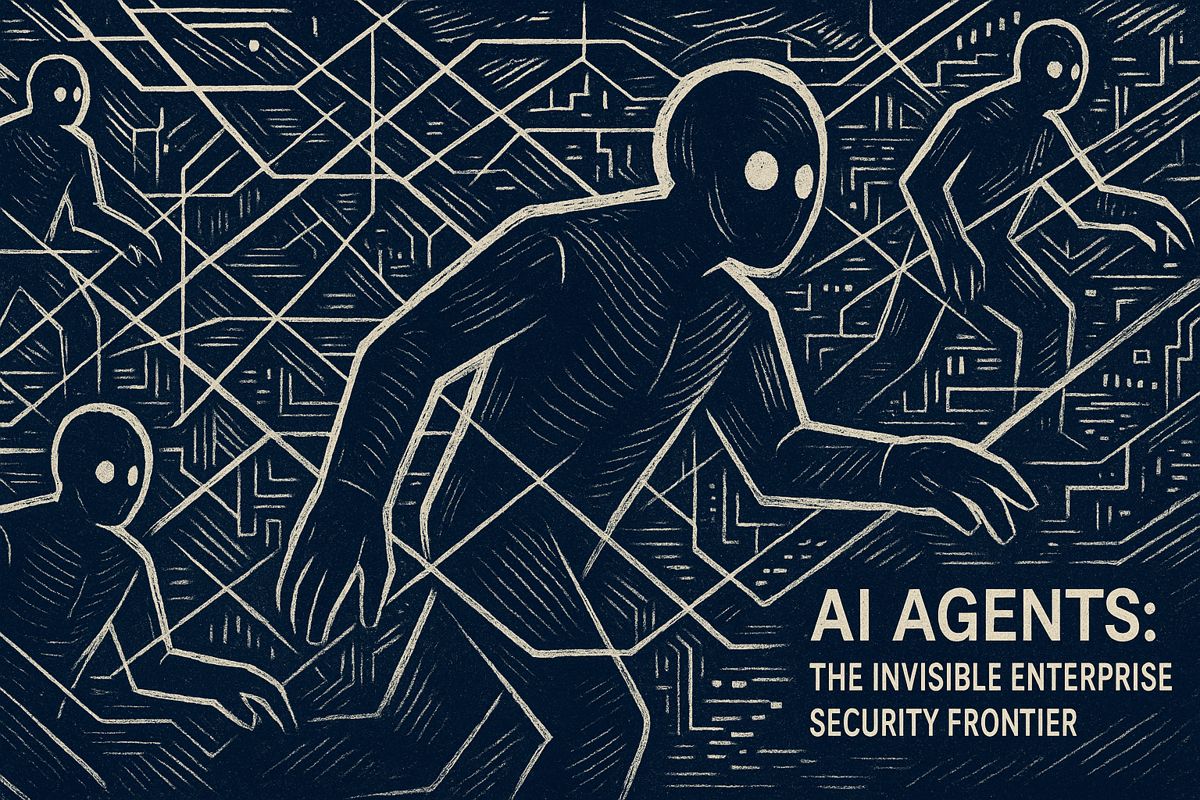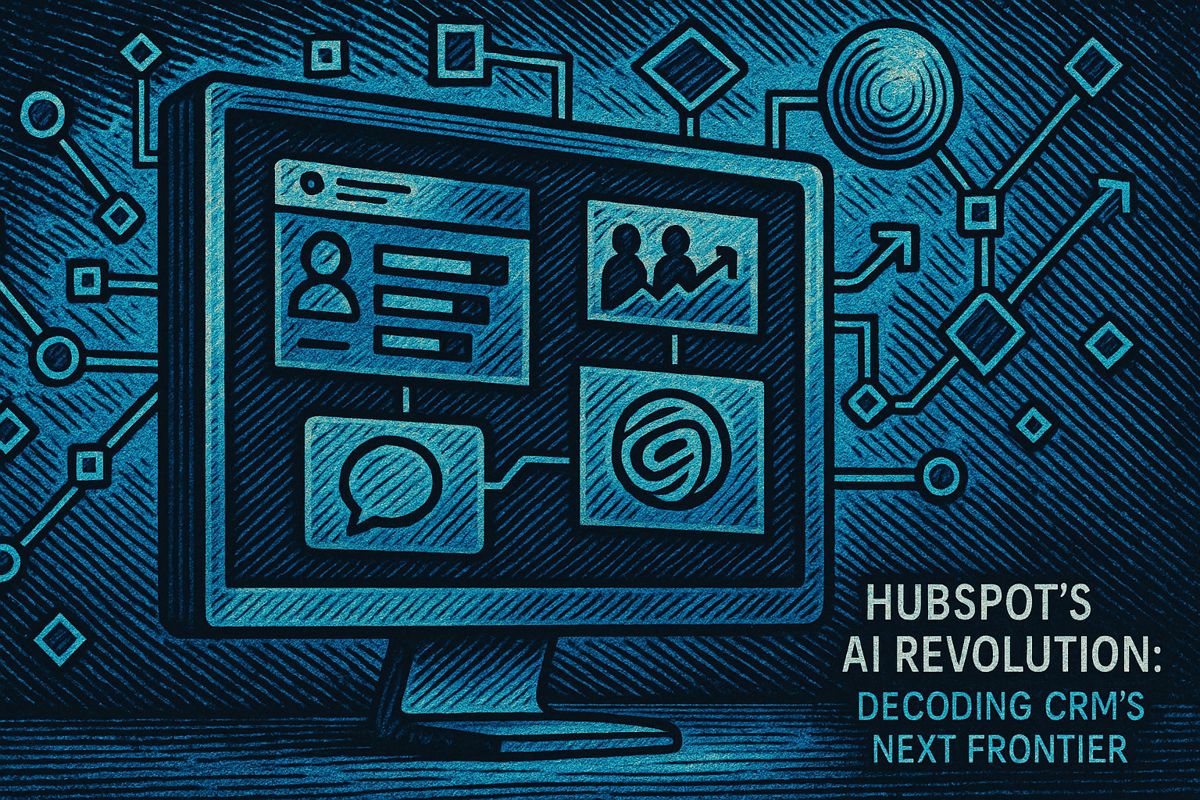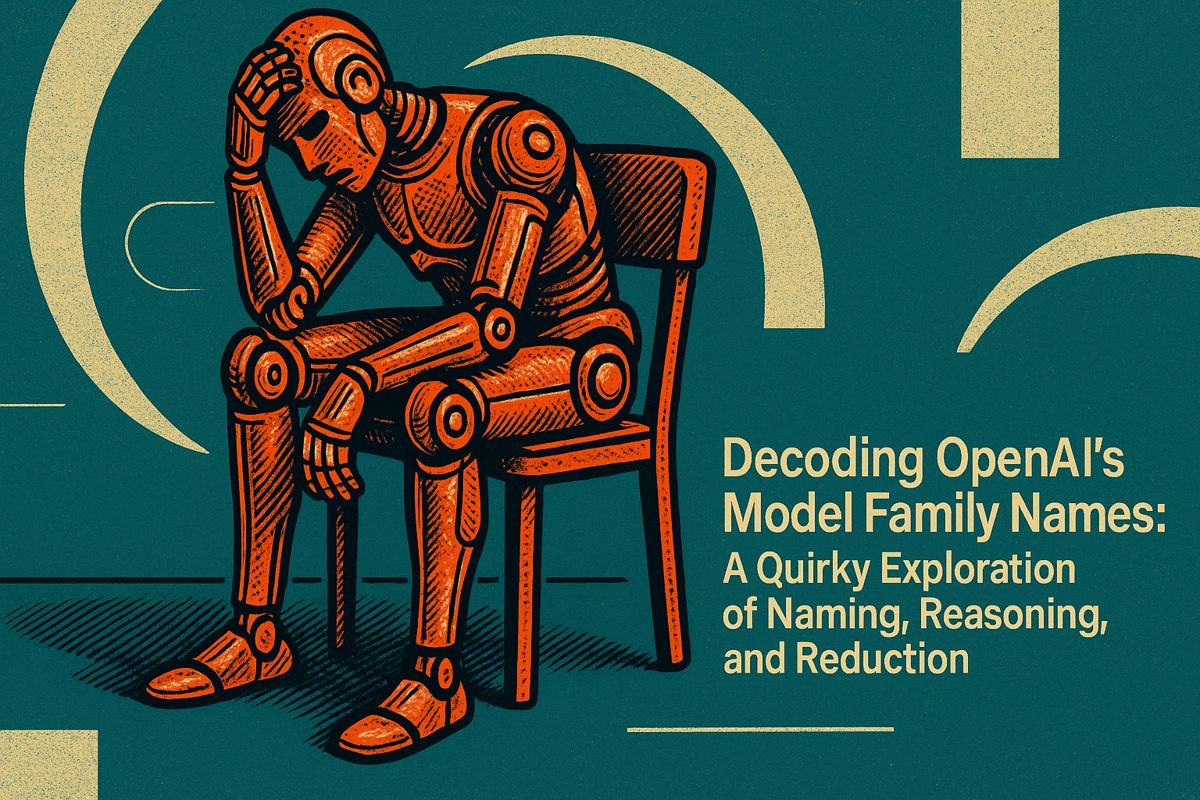Here’s the text with the most important phrase in bold:
Marketing leaders are diving headfirst into generative AI, with 71% investing over $10 million annually and seeing impressive returns of $3.71 for every dollar spent. They’re using AI for content creation, personalization, image generation, copywriting, and predictive analytics across marketing strategies. The technology is transforming traditional marketing approaches, enabling faster campaign development, precise audience targeting, and significant cost reductions. Companies like Bayer and Sage Publishing are already experiencing dramatic improvements in click-through rates and operational efficiency. As the generative AI market continues to grow, successful teams will be those who skillfully blend advanced AI tools with human creativity and adaptable workflows.
How Are CMOs Investing in Generative AI?
CMOs are aggressively investing in generative AI, with 71% budgeting over $10 million annually. They’re seeing significant returns, averaging $3.71 for every $1 spent, and using AI for content creation, personalization, image generation, copywriting, and predictive analytics across marketing strategies.
It’s wild—just last night, bleary-eyed at midnight, I scrolled past yet another industry email and a single statistic jolted me upright: 71% of Chief Marketing Officers are budgeting more than $10 million annually for generative AI. Actual dollars, not the Monopoly kind. I paused, a pulse of disbelief mixing with nostalgia. There was a time—not so long ago—that convincing a CMO to automate a drip campaign felt like asking them to eat a jalapeño whole. Now, marketers are tossing ten million at AI without blinking. If your head’s spinning just a bit, trust me, you’re in good company.
I’ve seen this tidal shift firsthand. On a recent Zoom, a marketing VP showed me her Sprinklr dashboard: a riot of AI-generated campaign mockups, each scored and ready to test. She grinned, half in awe, “Honestly, Jasper writes most of our posts now.” That cocktail of amusement and disbelief is palpable. It’s almost comic—yesterday’s monster under the bed is today’s golden goose. There was a time I’d have bet a coffee that marketers would resist this change; now, I’d lose my shirt.
Numbers Don’t Lie: The Hard Data Behind the Hype
The recent Boston Consulting Group survey reads like a parade of jaw-droppers. Seventy-one percent of CMOs will invest over $10 million every year in generative AI during the next three years. Eighty-three percent are openly bullish on AI’s business value, optimism practically dripping from their annual reports. And the nervous among them? Only 23% still worry about AI—a sharp drop from two years back, when that number hovered near 50%. The mood has shifted palpably, like the crackle just before a summer thunderstorm.
More than three-quarters of marketing leaders are already using AI for image generation, animation, copywriting, and translation. I can almost smell the burnt ozone of servers churning out creative assets. Thirty percent of CMOs are preparing to pilot live-action-style AI video, a step up from simple Canva animations. That’s not all: 50% have rolled out AI-powered product recommendations at scale, and over 40% are piloting AI for forecasting content performance, audience segmentation, and ROI. It’s a veritable avalanche of adoption.
Is this all just hype? The numbers say otherwise. For every $1 invested, companies are seeing an average $3.71 return—sometimes more. In finance, the ROI reportedly nudges 4.2x. (A number that, whispered at a boardroom table, will make even the most stoic CFO’s eyes widen.) GenAI usage doubled from 2023 to 2024, now at 65%. The global generative AI market is on track to hit $699.5 billion by 2032, according to Gartner and BCG.
Inside the Machine: AI’s Metamorphosis of Marketing
Let’s be real: content creation used to be the hamster wheel of marketing. Now, AI spins it faster and smoother than a Swiss movement watch. The metaphor that hits me—AI is a river carving new channels through an old landscape. Campaigns, posts, product descriptions: all churned out in minutes, not days. With tools like Jasper and Midjourney, marketers can serve up tailored experiences so precise they feel almost uncanny, as if your Spotify playlist suddenly guessed your mood before you did.
Personalization isn’t just a badge anymore. Fifty percent of CMOs have deployed AI-driven product recommendations. Bayer saw click-through rates soar by 85%, with cost-per-click falling by a third after integrating AI. Meanwhile, Sage Publishing slashed copywriting time by 99%—pause to let that sink in—and halved their marketing costs. No smoke and mirrors, just analytics and outcomes. If I sound impressed, it’s because I’ve botched a campaign or two by stubbornly clinging to “gut feel” over data. Lesson learned.
Here’s another nugget: more than 40% of leaders are piloting AI for forecasting and segmentation. Imagine the thrill of seeing audience clusters surface, like constellations, from raw data—no more flying blind. I remember once hesitating over an automated segmentation tool, worried it would mangle our brand’s tone. Now, those same tools are polishing campaigns before I even hit “review.” I’ll admit, the first time I trusted the system, my palms were sweaty.
Eyes on the Horizon: The Human Element Remains King
So what’s next? Thirty percent of CMOs are itching to try live-action-style AI video—think deepfakes, but for positive engagement. The competition is fierce, and attention is the currency. Marketers want to create entire immersive video campaigns in days, not months. The pressure is tangible, almost like electricity in the fingertips.
Here’s the twist: the real winners won’t just be those who buy the shiniest AI tools. Lauren Wiener at Boston Consulting Group says it’s the teams who blend advanced AI with upskilled talent and agile workflows who’ll leap ahead. I’d wager she’s right. The playbook is evolving—quickly—into one that values adaptability as much as raw horsepower.
But honestly, who can keep up with all these trends? I sometimes worry I’ll fall behind, miss the next big leap. Then, I remember: marketing’s always been a bit of a mad dash. The difference? Now, the dash is powered by neural networks and the smell of midnight coffee. Progress, with a pulse.
And the market? It’s ballooning. $33.9 billion in private investment this year, and Gartner projects $644 billion in generative AI spending soon. The pace is dizzying, and, honestly, the path isn’t



















